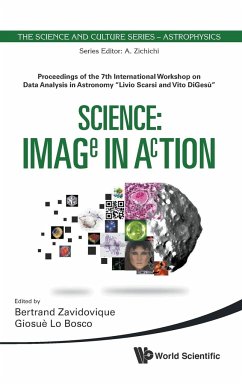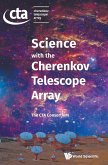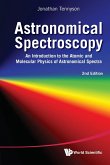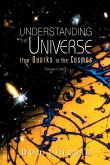The book gathers articles that were exposed during the seventh edition of the Workshop "Data Analysis in Astronomy." It illustrates a current trend to search for common expressions or models transcending usual disciplines, possibly associated with some lack in the Mathematics required to model complex systems. In that, data analysis would be at the epicentre and a key facilitator of some current integrative phase of Science. It is all devoted to the question of "representation in Science," whence its name, IMAGe IN AcTION, and main thrusts Part A: Information: data organization and communication, Part B: System: structure and behaviour, Part C: Data System representation. Such a classification makes concepts as "complexity" or "dynamics" appear like transverse notions: a measure among others or a dimensional feature among others. Part A broadly discusses a dialogue between experiments and information, be information extracted-from or brought-to experiments. The concept is fundamental in statistics and tailors to the emergence of collective behaviours. Communication then asks for uncertainty considerations noise, indeterminacy or approximation and its wider impact on the couple perception-action. Clustering being all about uncertainty handling, data set representation appears not to be the only solution: Introducing hierarchies with adapted metrics, a priori pre-improving the data resolution are other methods in need of evaluation. The technology together with increasing semantics enables to involve synthetic data as simulation results for the multiplication of sources. Part B plays with another couple important for complex systems: state vs. transition. State-first descriptions would characterize physics, while transition-first would fit biology. That could stem from life producing dynamical systems in essence. Uncertainty joining causality here, geometry can bring answers: stable patterns in the state space involve constraints from some dynam
Hinweis: Dieser Artikel kann nur an eine deutsche Lieferadresse ausgeliefert werden.
Hinweis: Dieser Artikel kann nur an eine deutsche Lieferadresse ausgeliefert werden.








